HyInHeat: Hydrogen Technologies for Decarbonization of Industrial Heating Processes
Horizon Europe, Processes4Planet Partnership, 1 January 2023 to 31 December 2026
Project description
The consortium around the IOB has set itself the goal of demonstrating the use of hydrogen as fuel in the high-temperature processes of the steel and aluminium industry. Especially in the energy-intensive processes of melting and heat treatment, the replacement of fossil fuels with green hydrogen holds great potential to decrease CO2 emissions of industrial processes. In order to take account of the fact that large quantities of green hydrogen are not yet widely available, the operation in a fuel mix of natural gas and hydrogen up to pure hydrogen is being investigated. Another focus is on combustion with pure oxygen, which is a secondary product of green hydrogen production via electrolysis and enables an increase in combustion efficiency.
The project is located in the Technology Readiness Level (TRL) 3 to 7 and thus incorporates the development stages from experimental technology development to prototypes in an industrial environment. Within this framework, eight furnaces will be converted on a pilot and industrial scale and the respective processes will be investigated in detail. The project, which is part of the Horizon Europe funding programme, runs under the umbrella of the Processes4Planet Partnership. The corresponding EU-funding is 17.7 million euros, the total cost of the project is almost 24 million euros.
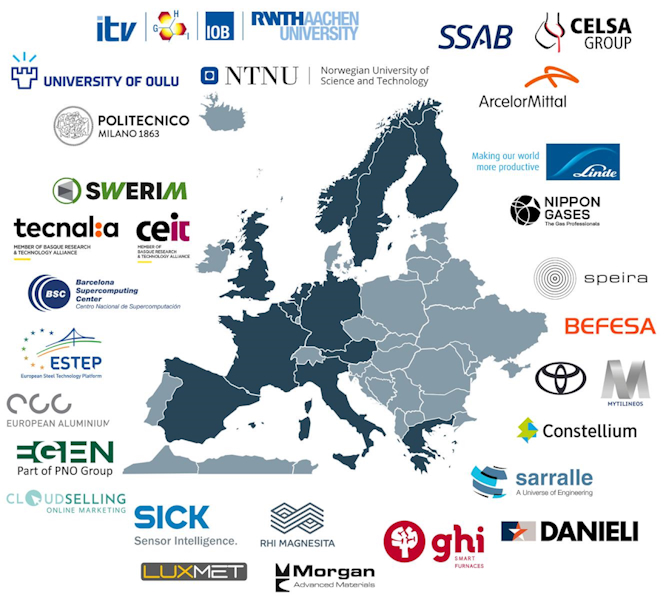
Consortium of the research project
Among the partners from 12 European countries there are steel producers ArcelorMittal, Celsa Group and SSAB, as well as three steel producers, and Befesa, Constellium, Mytilineos and Speira from the aluminium sector. The automotive industry is represented by Toyota. Linde and Nippon Gases act as gas suppliers and technology providers, and furnace manufacturers Danieli, GHI Hornos and Sarralle contribute with their technical expertise. Industrial competence in the refractory sector is represented by RHI Magensita and Morgan Advanced Materials, and in the field of measurement technology SICK and Luxmet support the project partners with their know-how. The European associations ESTEP and European Aluminium contribute with the collection and provision of data for scenario analyses and help with the dissemination of the results. As an expert in European projects, EGEN and its online marketing partner Cloudselling will also provide significant support to the consortium in publishing the results.
With Tecnalia, Ceit, SWERIM and the Barcelona Supercomputing Center, four research institutions are represented. From academia, in addition to the University of Oulu, the Norwegian NTNU and the Politecnico de Milano, three departments of RWTH Aachen University contribute to the project: The Institute of Mineral Engineering (GHI) is dedicated to refractory furnace materials. Samples from the industrial plants as well as newly developed materials are examined for their interaction with the new furnace atmospheres, which change in terms of temperatures and composition compared to combustion with natural gas. Following a series of experiments in the institute’s own spherical combustion chamber, the Institute for Combustion Technology (ITV) provides the kinetic reaction mechanism for hydrogen combustion, which maps the combustion reactions in subsequent CFD simulations. Together with the Barcelona Supercomputing Center, a methodology for large-eddy simulation (LES) of hydrogen combustion is being developed, by means of which the flame dynamics can be predicted under given operating conditions.
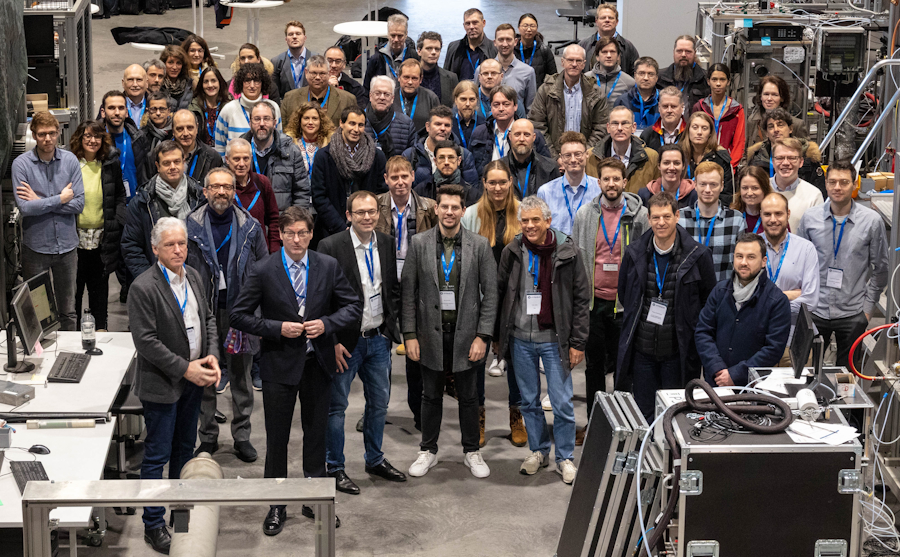
HyInHeat consortium at the kick-off meeting (January 2023)
IOB project tasks
In addition to the project coordination, IOB contributes to the specific work packages of the project. For example, the influence of impurities in the fuel on the instrumentation of the gas supply and the burner operation is being tested in the in-house technical centre. The altered conditions in the flue gas due to the increased water content are analysed regarding the necessary adjustments in the field of emission measurement technology. The conventional measurement of nitrogen oxide emissions in dry exhaust gas must be critically questioned in this context, so that alternative measurement principles are evaluated.
In the area of modelling and simulation, the activities focus on the modelling of single burners as well as entire furnaces, including the products and peripheral plant components. In addition to direct heating in melting furnaces for the aluminium industry and heating furnaces for hot forming of steel, indirect heating with radiant tubes is also being investigated. Due to the increased water content in the exhaust gas, the emissivity changes compared to natural gas combustion, so that suitable models for thermal radiation are being evaluated. A reasonable numerical effort is achieved by Reynolds Averaged Navier Stokes (RANS) simulations, which are solved on the partly newly created server capacities at the IOB. The methodology is validated against accurate LES simulation results and data from the laboratories and industry demonstrators. The simulations support the design of burners, furnace processes and the conversion of existing plants to operate on hydrogen. In parallel, the material flow analysis and life cycle assessments of the processes and products are continuously evaluated to ensure the achievement of the overall project goal: To make a major contribution to the decarbonisation of the steel and aluminium industry.
Project goals
- Integration of hydrogen as fuel in high-temperature processes of the steel and aluminium industry
- Redesign of combustion systems for hydrogen firing at eight demonstrators in pilot and industrial scale
- Increase of process efficiencies and minimization of NOx emissions by use of oxyfuel as oxidizer at six demonstrators
- Development of new emission measurement methodologies adjusted for hydrogen firing
- Provision of a scientific basis regarding measurement standardization and limit-definition for NOx emissions
- Development of a lab-validated numerical framework for CFD-simulations of hydrogen/air and hydrogen/oxygen fired burners and furnaces
Project participants
- Tecnalia
- Ceit
- Politecnico de Milano
- University of Oulu
- GHI Hornos
- Sarralle
- European Aluminium
- NTNU
- SWERIM
- Linde
- Nippon Gases
- Constellium
- Speira
- SSAB
- Luxmet
- Barcelona Supercomputing Center
- ArcelorMittal
- Toyota
- SICK
- Celsa Group
- ESTEP
- Mytilineos
- Befesa
- RHI Magensita
- Morgan Advanced Materials
- Danieli
- EGEN
- Cloudselling
Contact

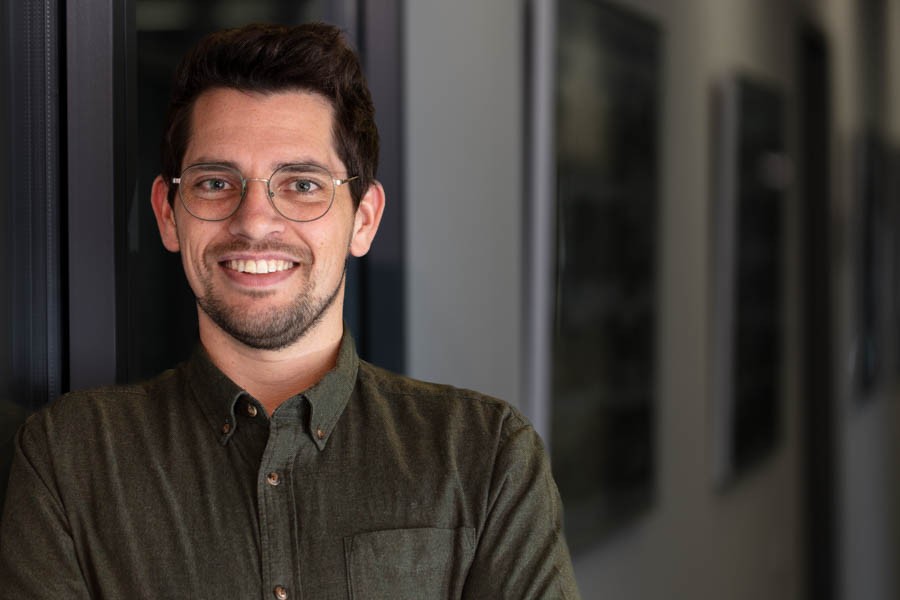

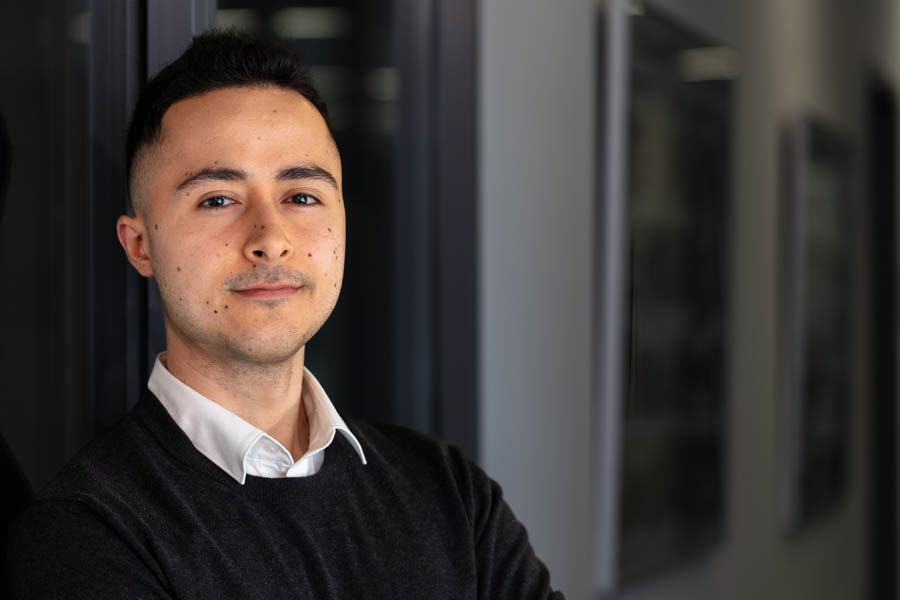
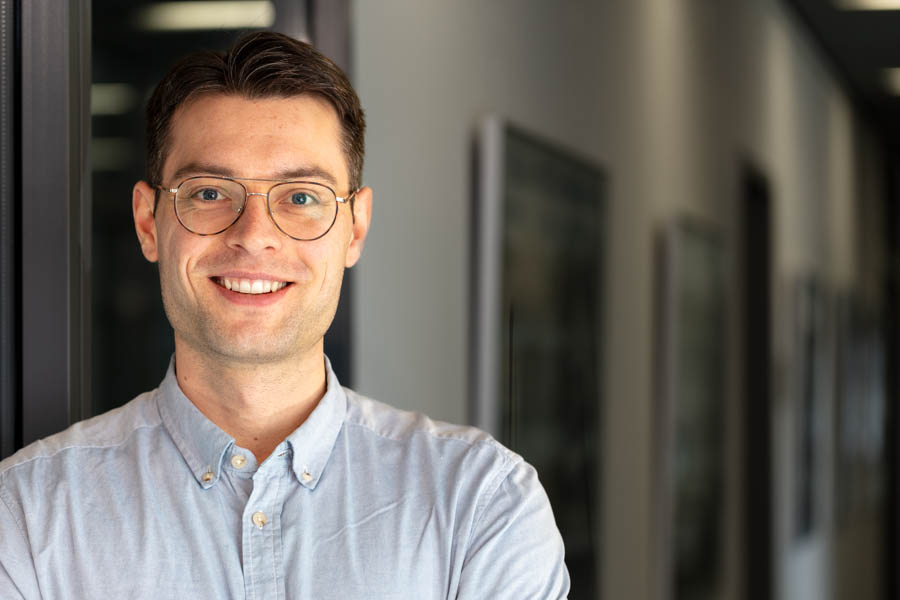
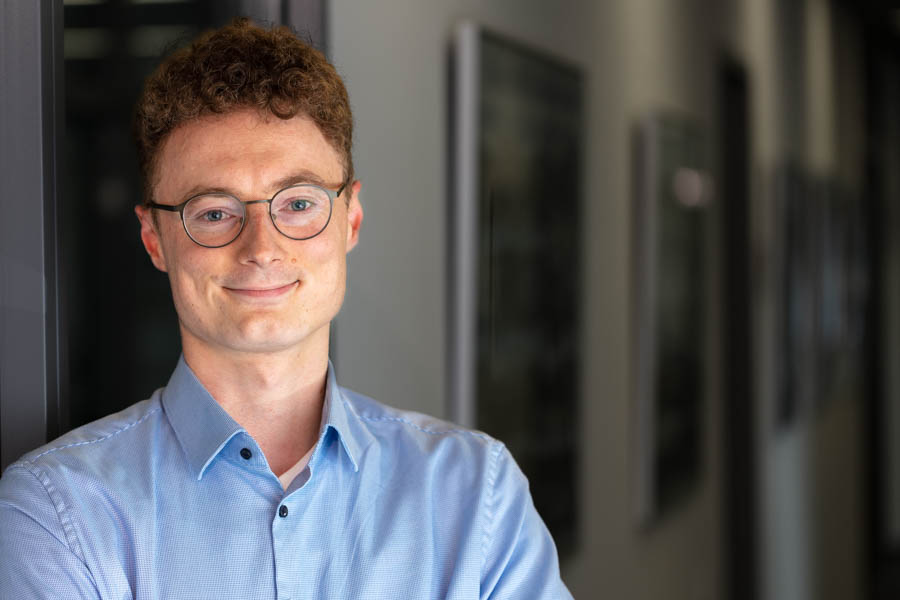
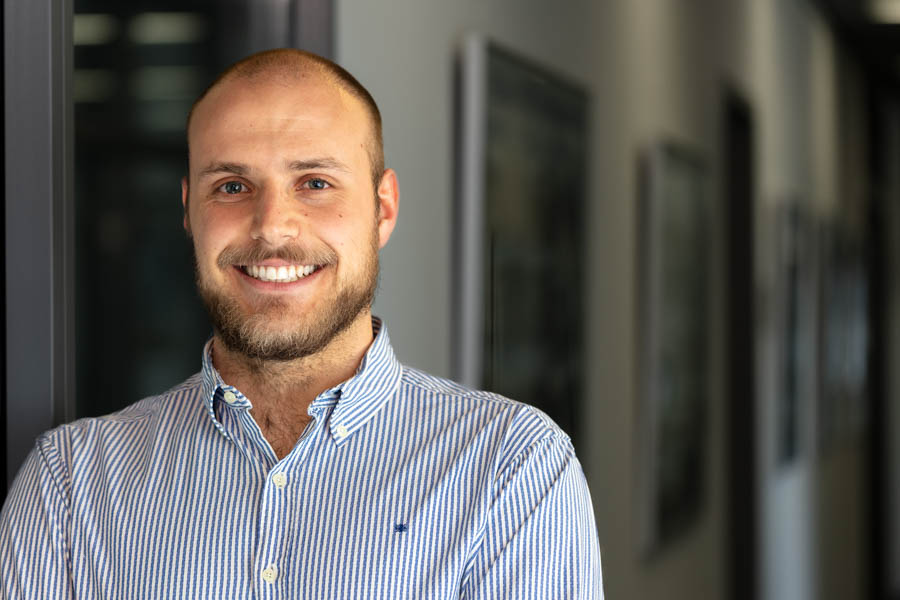
Funding

The project is funded by the European Union as part of the research and innovation program Horizon Europe with funding-ID 101091456. Funding runs under the Call “HORIZON-CL4-2022-TWIN-TRANSITION-01”.
